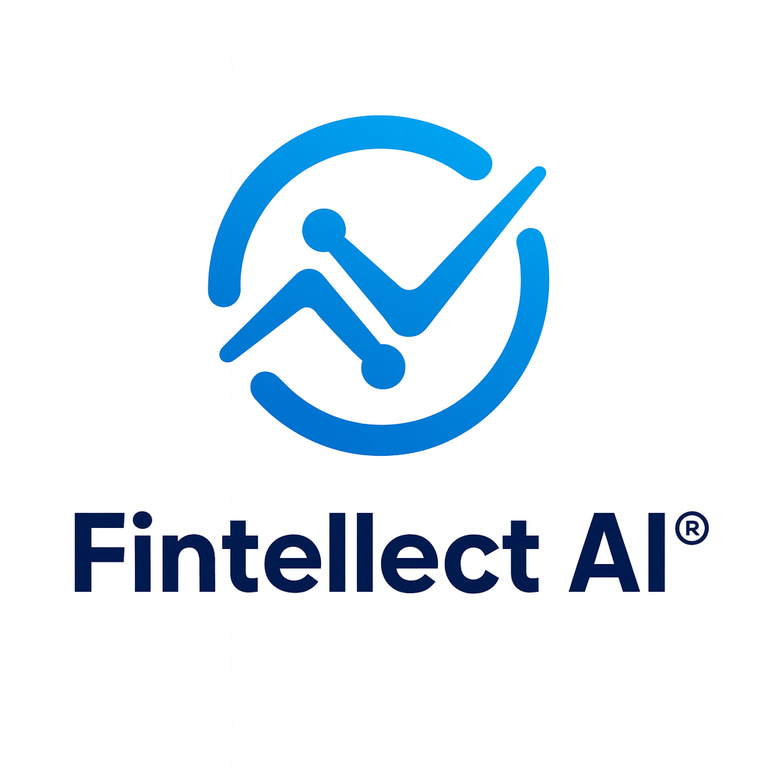AI in Finance: From Awareness to Mastery Part 2: Building AI Literacy for Finance Teams
What Financial Professionals Need to Know to Navigate the AI Era
CFO INSIGHTS
Zhivka Nedyalkova
4/16/20254 min read


Beyond the Hype — Towards Understanding
Artificial Intelligence is rapidly reshaping the way financial operations are run—no longer just an enhancement, but a core capability for forward-thinking finance teams. Yet despite its growing role, AI still carries a sense of abstraction for many professionals. But the growing presence of AI comes a challenge: most finance professionals are expected to use AI tools without fully understanding what’s inside them. And that’s a problem.
Without a basic level of AI literacy, teams risk misunderstanding AI outputs, overtrusting "black-box" results, or—even worse—falling for marketing hype labeled as “AI-powered” when in fact, it isn’t. This article aims to bridge that gap with clear, non-technical insights into how to recognize, evaluate, and trust AI systems used in finance.
AI Literacy Starts with the Basics: What You Need to Know
Before using AI systems effectively, it’s important to understand their foundational components—not in technical depth, but in practical terms.
🔹 Machine Learning (ML): ML refers to algorithms that learn from data and improve performance over time. While not synonymous with AI in a broad sense, ML is a core component of many AI-powered tools used in finance, particularly for forecasting, risk scoring, and classification.
Clarification: While ML models can power AI systems, not all ML is automatically considered "AI" unless it operates within a system capable of intelligent behavior (e.g., adaptive decision-making, real-time learning, explainability, contextual awareness).
🔹 Time-Series Models: Algorithms (such as ARIMA or Prophet) used to forecast future financial outcomes based on trends and seasonality in time-indexed data.
🔹 Explainable AI (XAI): A design framework that provides understandable reasons for AI decisions—essential for audits, trust, and regulatory compliance.
🔹 Human-in-the-Loop (HITL): A critical safeguard ensuring humans remain involved in high-impact decision-making, maintaining oversight and accountability.
🔹 Trustworthy AI: A broader concept encompassing not only explainability, but fairness, transparency, data governance, privacy, and safety—becoming central to modern AI regulations.
Questions to Ask When Evaluating AI
Finance professionals don’t need to code models—but they must know what to ask to avoid being misled by marketing labels.
Here’s a revised checklist with precision:
✅ Does the model learn and improve with new data, or is it based on fixed rules?
If it doesn’t adapt—it’s not AI. True AI systems continuously update based on new patterns in the data.
✅ Can the provider explain how the model works (XAI) and what data it's trained on?
Understanding the input/output relationship and transparency in training is crucial for trust and control.
✅ Are human controls embedded into the system’s lifecycle?
Especially for high-risk areas like credit scoring, investment allocation, or regulatory reporting.
✅ What type of machine learning is used—and for what purpose?
This question helps assess whether the model is classification-based, regression-based, clustering, or another type. For instance, is it predicting customer churn, segmenting transaction behaviors, or forecasting cash flow? Knowing the ML type provides clarity on the tool’s real capabilities and limitations.
✅ Is the AI adaptive to volatile financial conditions, or is it brittle?
Dynamic environments need dynamic tools. If the system can’t adjust to shifts, its value is limited.
Contextual Intelligence: Going Beyond Surface-Level AI
AI in finance shouldn't just process data—it must interpret it in context to be truly valuable.
Example: Two companies report a similar revenue decline in Q3. Without context, an AI system may flag them equally. But a contextual AI system — if it has been trained to include relevant industry benchmarks, seasonal variations, and market sentiment — will generate far more nuanced insights.
In Practice: Such a system might determine that Company A’s drop is seasonal, while Company B faces long-term customer attrition. That distinction can dramatically influence decision-making.
The Pitfalls of Buzzword-Only AI
In our work at FinTellect AI and through numerous case studies, we’ve seen how easy it is for tools to be labeled “AI-enhanced” when they’re really not. Here are the red flags to look for:
🔴 Static visualizations being passed off as “AI dashboards”
🔴 Automations that require manual rule adjustments
🔴 No model adaptation over time
🔴 No traceability of decisions
🔴 No integration of financial context
🟢 Recommendation: Always ask vendors to demonstrate how their system learns, adapts, and explains. If they can’t show changes based on real-time data or evolving conditions, it’s not truly AI.
AI Literacy Is Not Just for Data Scientists
Finance professionals don’t need to code neural networks—but they do need to know:
What kind of problem the AI model is trying to solve
Whether it’s designed for forecasting, classification, anomaly detection, or optimization
Whether it complies with Trustworthy AI principles
How it integrates with business workflows
How to question, validate, and interpret its outputs
This foundational knowledge ensures finance teams can collaborate with AI, not blindly follow it.
Why Trustworthy AI Will Be a Regulatory Priority
As finance becomes increasingly data-driven, regulators are stepping in. The EU AI Act and other emerging frameworks require transparency, fairness, and accountability in AI systems.
AI that cannot explain itself—or that makes biased decisions—won’t be compliant.
💡 Finance leaders will soon be responsible not just for financial accuracy but for the ethical performance of AI systems.
Literacy Before Leadership
AI literacy is the new business fluency. As AI tools grow more powerful and more embedded in financial operations, those who understand the basics will lead with confidence—and those who don’t will rely on black-box tools they can’t question.
Being able to distinguish real AI from marketing hype isn’t just a technical skill—it’s a strategic one.
Next week, in Part 3, we’ll provide a hands-on guide to evaluating AI solutions in finance: from asking the right questions to identifying real-time, trustworthy, and explainable tools. Stay tuned!
